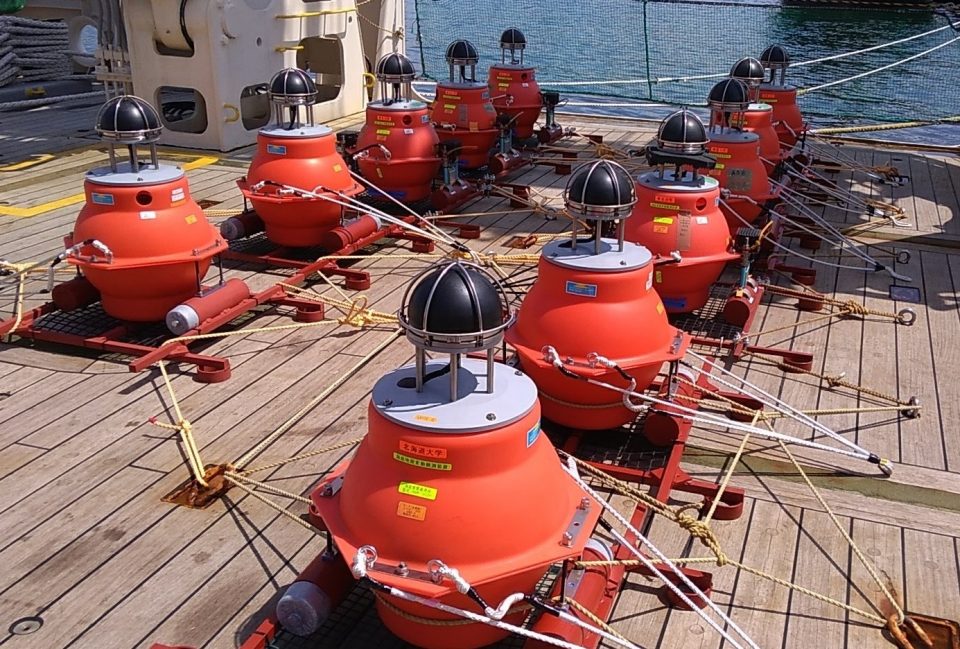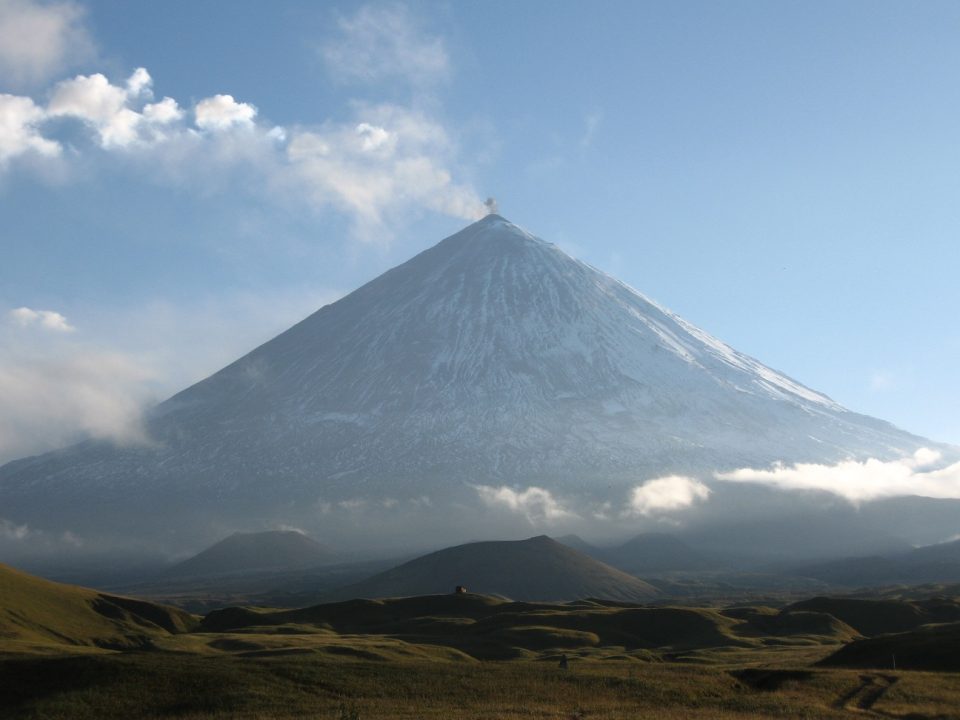TAKAHASHI Hiroaki
Professor
Earthquake and volcano observation
Institute of Seismology and Volcanology, Seismological Observation

| Theme | Geophysical observation for earthquake, volcano and regional tectonics researches. |
| Field | Earthquake seismology, Volcanology, Geodesy, Natural disaster science |
| Keyword | Seismic activity, Volcanic activity, Crustal deformation, Plate motion, Geothermal exploration, Gravity, Northeastern Asia |
Introduction of Research
Governmental authority evaluates high probability for M>8.8 giant earthquake in southwestern Kuril trench. Geophysical observation for interplate coupling investigation is most important research for tsunami disaster evaluation. We will try to install ocean bottom benchmarks and measure crustal deformation directly. Improvement of evaluation method for inland earthquakes is also one of the important tasks.
Disastrous earthquakes in Japan Sea and Inland Hokkaido to Sakhalin might be due to eastward motion of continental micro plate. Regional tectonics research in northeastern Asia using GNSS in cooperation with Russia and Chinese institutions is carried out.
Volcano deformation observation in Hokkaido and Kamchatka have been in operation. Dynamic and static processes of magma and geothermal activities are recorded by tilt and gravity sensors. Geophysical exploration in geothermal resource is a target of researches.
Representative Achievements
| Affiliated academic society | Seismological Society of Japan, Geodetic Society of Japan, Volcanological Society of Japan, The Japanese Society of Hot Spring Sciences |
| Room address | Faculty of Science Building 4 |






